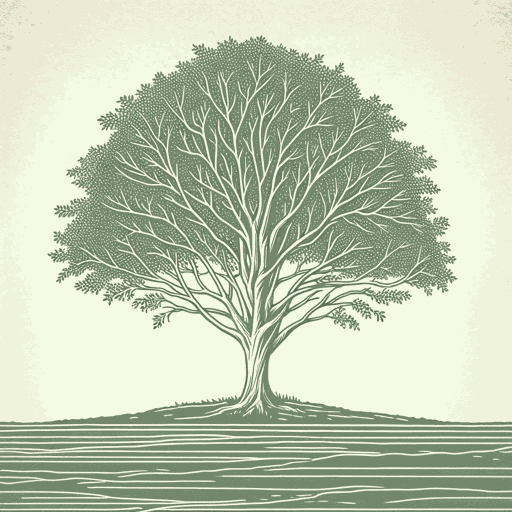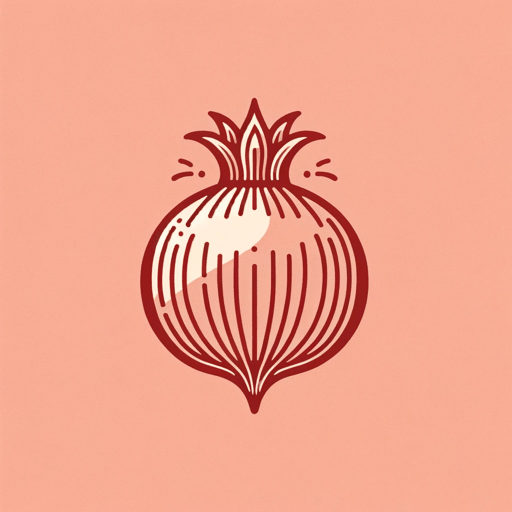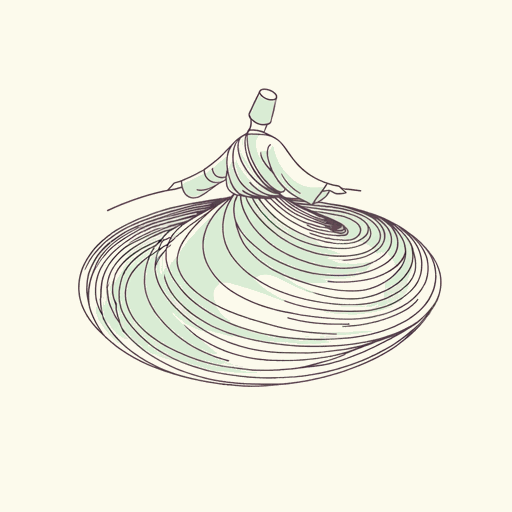66 pages • 2 hours read
Elif ShafakThe Island of Missing Trees
Fiction | Novel | Adult | Published in 2021A modern alternative to SparkNotes and CliffsNotes, SuperSummary offers high-quality Study Guides with detailed chapter summaries and analysis of major themes, characters, and more.
Summary and Study Guide
Overview
The Island of Missing Trees (2021) is a best-selling novel written by Elif Shafak. Set against the 1974 Greek and Turkish conflict in Cyprus, the book spans multiple timelines. It follows the love story of Greek Cypriot Kostas and Turkish Cypriot Defne, their eventual migration to London, and the impact of their past and their history on their daughter Ada, whose only connection to Cyprus is the fig tree in her garden. Elif Shafak is an award-winning British-Turkish novelist, whose many books have been translated into over 50 languages across the world. Her work has received a number of accolades and awards, including being longlisted for the Orange Prize for Fiction (The Bastard of Istanbul, in 2008) and shortlisted for the Booker Prize (10 Minutes 38 Seconds in this Strange World, in 2019). The Island of Missing Trees was shortlisted for the Costa Novel Award in 2021 and the Women’s Prize for Fiction in 2022. Through Kostas and Defne’s story, Shafak explores themes of cultural and communal conflict, forbidden love, and the interconnectedness of nature. This guide is based on the Penguin Books Kindle Edition.
Content Warning: This book contains mentions and descriptions of war and violence, substance abuse, mental illness, and suicide.
Plot Summary
The book unfolds across different timelines and locations: the first set in Cyprus in 1974, the second in the early 2000s in Cyprus again, and the third in the late 2010s in London. The story is told through chapters that alternate between timelines narrated in the third person, interspersed with chapters narrated from the perspective of the fig tree that also offer different pieces of the story.
In 1974 Cyprus, 17-year-old Kostas and 18-year-old Defne meet in secret; being from Greek Christian and Turkish Muslim families respectively, their relationship is taboo, especially in light of the escalating conflict between the Greeks and the Turks in Cyprus. Their meeting place is a local tavern called The Happy Fig, run by a secretly gay couple in their forties: a Greek man named Yiorgos and a Turkish man named Yusuf. Kostas’s mother Panagiota suspects Kostas of being in love with a Turkish girl while Defne’s older sister Meryam covers for Defne during her illicit meetings. During one of their rendezvouses at the tavern, Kostas and Defne survive a pipe bomb attack on the tavern; they are shaken by the incident and despairing of the increasing conflict on the island, but they do not want to lose each other, so they spend the night together, making love for the first time. However, they are unable to meet after the incident, with tensions escalating until the Greek nationalist organization EOKA-B carries out a coup, inviting retaliation from the Turkish army, which storms Kyrenia. Kostas is sent by Panagiota to live with her brother in London for his own safety, as she herself is forced to flee her home when the Turks arrive. Kostas leaves a letter for Defne with Yiorgos and Yusuf, but Defne is unable to contact him in time with the news that she is pregnant. She initially approaches a British gynecologist, Dr. Norman, who promises to help her have an abortion, but she is ultimately unable to go through with it. Yusuf and Yiorgos promise to help her raise her child, but their tavern is attacked by a group of belligerent, homophobic youth who know the men’s secret, and Yusuf and Yiorgos disappear. Defne is forced to tell her family about the pregnancy, but she lies and tells them it is Yusuf’s child; her family are mortified and furious. Defne christens her son Yusuf Yiorgos and gives him up for adoption to a British couple; however, the boy dies of malaria when he is just a year old.
In the early 2000s, Dr. Norman gets in touch with Kostas, who is now a successful evolutionary ecologist and botanist. A passing remark from the doctor makes Kostas realize that Defne may have been pregnant and possibly had an abortion in 1974. Despite the many letters he wrote to her after reaching London, she never responded, but now he decides to visit Cyprus for the first time in 25 years to meet her and find out the truth. Kostas returns to the island on a work trip and manages to reconnect with Defne through a mutual work contact. Now an archeologist, Defne works with the Committee for Missing Persons (CMP), a UN-backed organization looking to recover the bodies of the people who went missing in the conflict of 1974. An initially distant Defne eventually reconciles with Kostas, as he explains that he only recently found out about the pregnancy and apologizes for not being there for her. She, in turn, reveals the truth about the fate of their son as well as the circumstances surrounding Yusuf and Yiorgos’s disappearance. Kostas asks Defne to marry him and move to England with him, and she accepts despite knowing that it will estrange them from their families forever. Before leaving Cyprus for good, Kostas and Defne visit the dilapidated remains of The Happy Fig and discover that the fig tree around which the tavern was built is dying. Kostas treats it as best as he can and takes a cutting from one of its healthy branches to carry back to London. The day before their departure, one of Defne’s colleagues at CMP calls her with the news that they have finally found Yusuf and Yiorgos’s bodies—they had been tied together and thrown into the bottom of a well after having been murdered by the group of men that attacked the tavern. Kostas and Defne travel to England together, where Kostas manages to smuggle the fig tree cutting in and replant it in their home. They discover that Defne is pregnant, the child having been conceived during their time together in Cyprus. After their daughter Ada is born, Defne goes back to work for the CMP, interviewing Greek and Turkish Cypriot migrant families in London. Her work brings her in contact with the pain of her past; she begins drinking heavily, succumbs to bouts of melancholy, and makes Kostas promise to never tell their daughter about their pasts.
In the late 2010s, when Kostas is away on a work trip, Defne overdoses and falls into a coma; she is discovered by a teenaged Ada, but it is too late—Defne never recovers and eventually passes away. A once-close Kostas and Ada begin to drift apart after Defne’s death. Before Christmas break the following year, Ada has a public outburst in her history class, which causes her teacher and principal to meet with Kostas and discuss their concern for her well-being; however, Ada refuses to open up to Kostas. Over the holidays, Meryam comes to visit them for the first time; her mother has recently passed away, and she had made a promise to her parents not to visit Defne and Kostas as long as they were alive. Ada is initially furious that none of her mother’s family ever contacted them, or even attended Defne’s funeral; however, as part of her history homework that involves talking to an older relative about their past, Ada interviews Meryam, and as she learns more about her parents’ pasts and the history of Cyprus, she begins to understand and forgive. By the time Meryam leaves at the end of the holidays, Ada and Meryam have grown close, and Ada also manages to repair her relationship with Kostas.
Paralleled with the events taking place in the 2010s, Kostas buries the fig tree from Cyprus to protect it from the harsh winter; he will unbury it when spring approaches again, part of a common practice in the Mediterranean region. Throughout the story, the fig tree offers insights into different aspects of each of the character’s pasts; the history of Cyprus; and information about trees, birds, and other creatures that form a part of the ecosystem. By the end of the book, it is revealed that Defne’s spirit has taken up residence in the tree after her death to remain close to Kostas and Ada; her voice has metamorphosed with that of the tree’s, and it is her lens through which the tree has been narrating its tale.
Related Titles
By Elif Shafak
Featured Collections
Addiction
View Collection
European History
View Collection
Family
View Collection
Grief
View Collection
Immigrants & Refugees
View Collection
LGBTQ Literature
View Collection
Magical Realism
View Collection
Memorial Day Reads
View Collection
Memory
View Collection
Military Reads
View Collection
Nation & Nationalism
View Collection
Politics & Government
View Collection
Popular Book Club Picks
View Collection
Reese Witherspoon's Hello Sunshine...
View Collection
Religion & Spirituality
View Collection
Romance
View Collection
Safety & Danger
View Collection
Science & Nature
View Collection
Sexual Harassment & Violence
View Collection
The Past
View Collection
Valentine's Day Reads: The Theme of Love
View Collection






